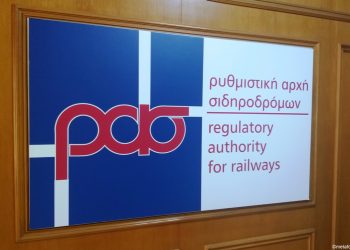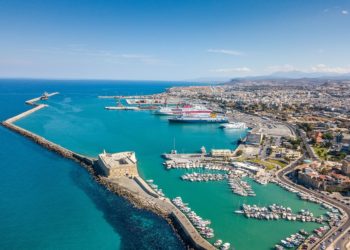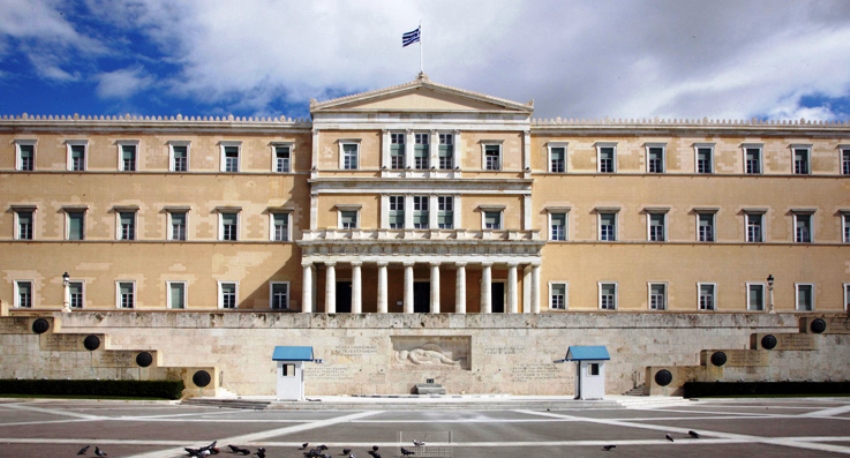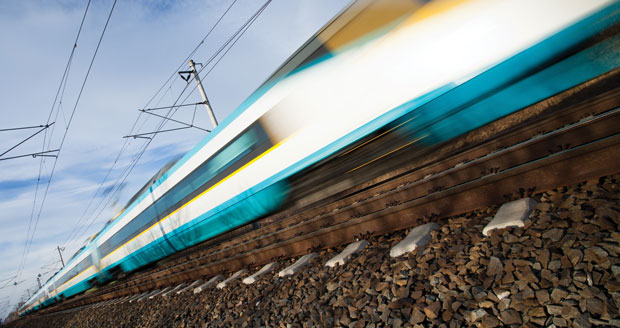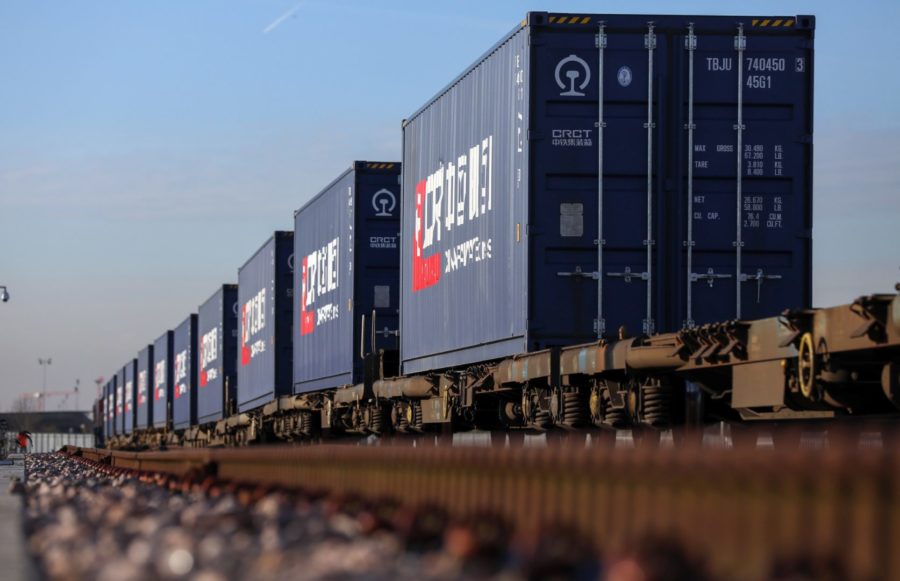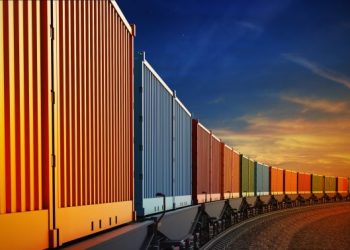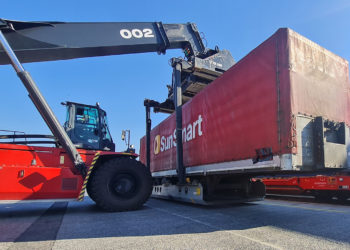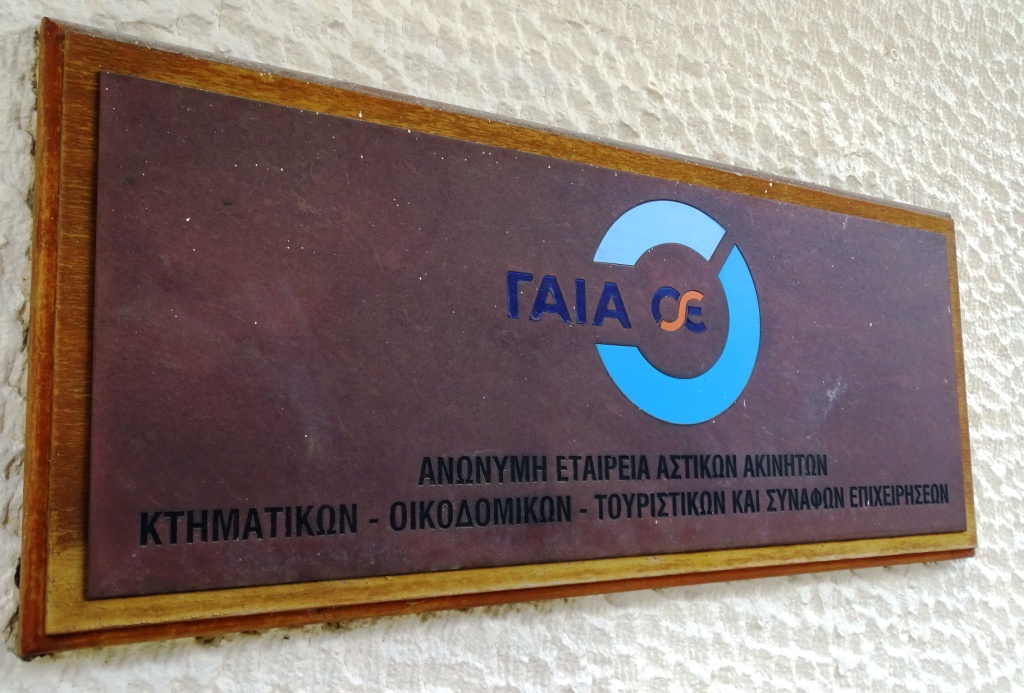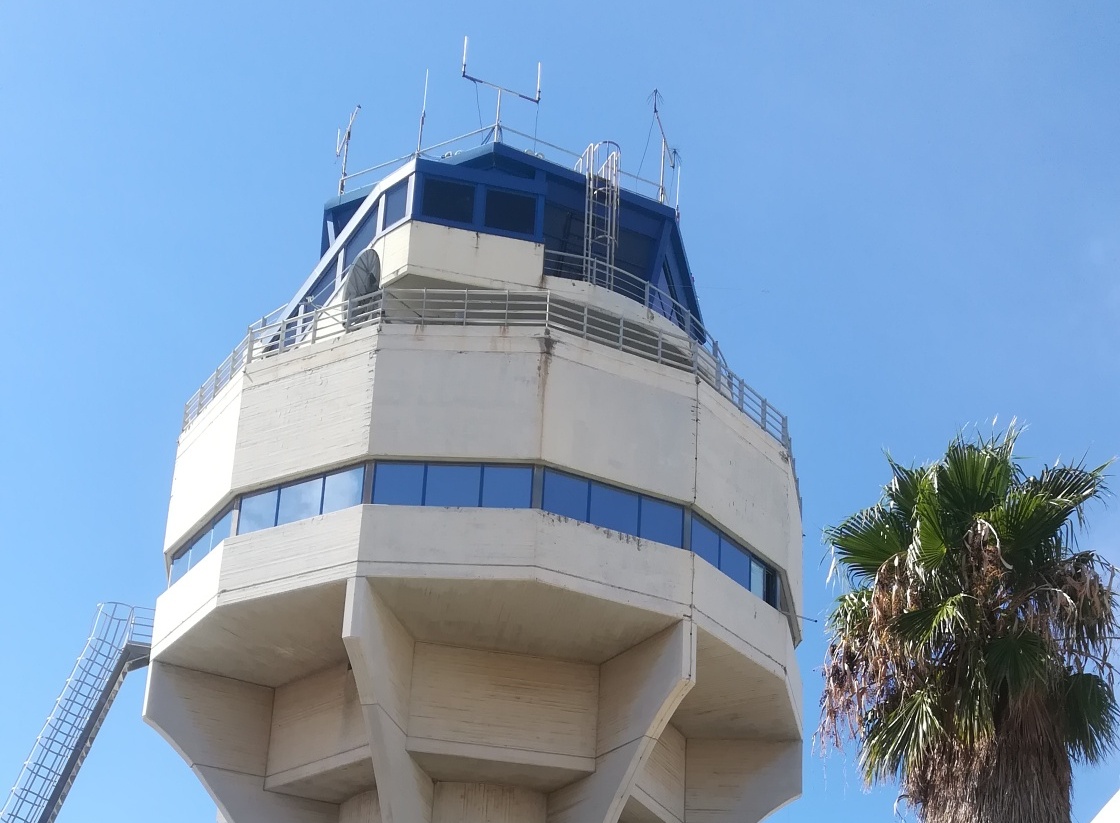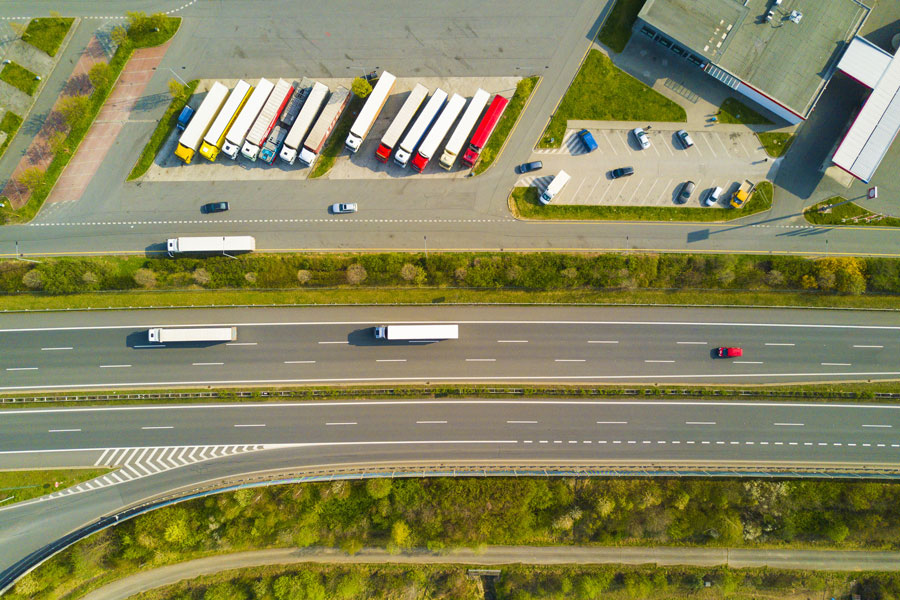As the European Commission presents its climate targets for 2040 and further energy transition strategy, the European rail community underlines that zero-emission logistics and passenger transport requires rail as the backbone of a multimodal transport system.
The Community of European Railway & Infrastructure Companies (CER) welcomes the science-based 2040 climate target proposal of at least 90% net greenhouse gas (GHG) emission reductions compared to 1990. Railways, both at company and sectorial level, have put forward their ambitious decarbonisation strategies to further reduce their carbon footprint and improve their energy efficiency.
However, the proposed EU 2040 climate target fails to acknowledge the need to achieve a shift towards lower-emission transport modes as prescribed by the EU Sustainable and Smart Mobility Strategy and fully acknowledged in the Impact Assessment. Neither the increasing dominance of road in inland transport demand nor the significant growth of intra-EU aviation are in line with the European Commission ambitions underpinning the EU’s climate objectives.
The reduction of GHG emissions must be realised at twice the pace in order to reverse the current upward trend. The Fit for 55 package has appropriate provisions to address these issues, such as the reform of the EU Emissions Trading System (ETS), but policy inconsistencies and gaps continue to remain in place. As a predominantly electrified mode of transport, railways are already exposed to the full carbon price through their energy costs and underline the risks of the price cap mechanism applicable to road transport under the EU Emissions Trading System (EU ETS 2). The Energy Taxation Directive continues to provide exemptions for aviation and maritime. Finally, the 2040 climate target does not give any direction in terms of a carbon budget for the transport sector in line with the 2050 EU Green Deal objective.
CER Executive Director Alberto Mazzola said: “The 2040 climate target underlines that the EU must address sectors such as transport for rapid GHG reductions in the next two decades. Proactive and low-cost solutions should be prioritised to achieve net-zero emissions and railways offer the potential to connect major European cities and economic areas in the most energy-efficient and low-emission manner. More high-speed rail and net-zero logistics, complementing net-zero industry, are prerequisites to reaching the decarbonisation pathway. Carbon prices and carbon credits for energy savings are needed to realise sustainable investments in transport.”
(CER)

